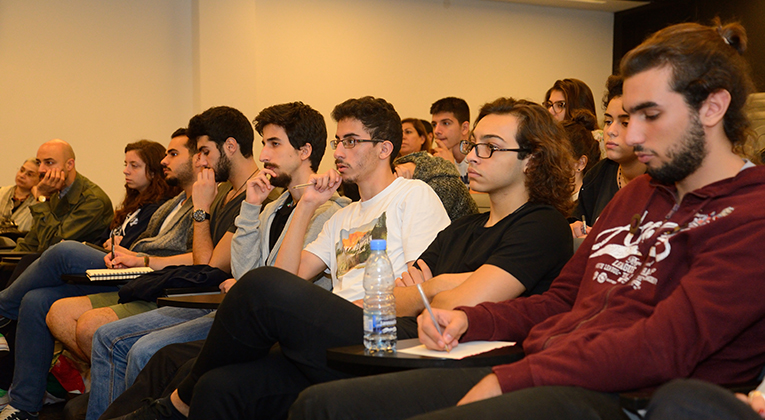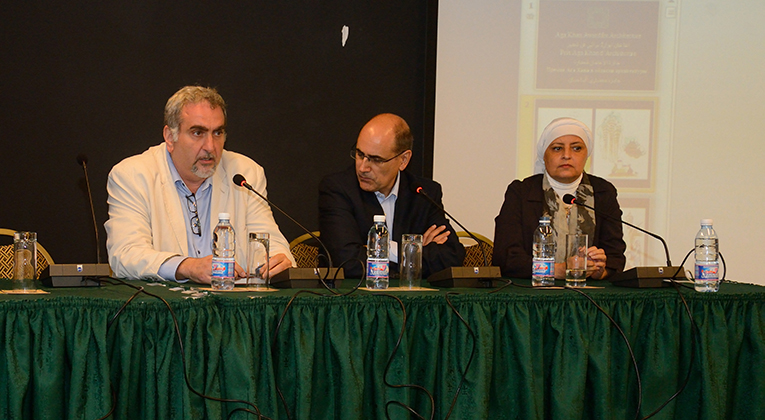Architecture for the Benefit of Society
A tropical medical facility fitted with ventilated metal roofs in Khartoum, the restoration of one of the oldest markets along the Silk Road in Tabriz, an elegant bridge linking the Moroccan cities of Rabat and Sale – These were among the winners of the 12th cycle of the prestigious Aga Khan Award for Architecture.
The award, given every three years, is unique in the architecture world for its criteria that emphasizes process and purpose as much as design. Governed by a steering committee chaired by the Aga Khan, it aims to recognize work that benefit societies in which Muslims constitute a significant presence. A new jury, comprised of not only architects, but philosophers, academics and urban planners, is formed each cycle to select the recipients of the $1 million prize.
Inevitably, they must wrestle with the thematic direction of the award, and in particular the perennial question: What exactly is “Islamic” about Islamic architecture in the modern world?
It’s a question that is raised and negotiated by nearly every jury since its founding in 1977, explained Farrokh Derakshani, the director of the award, who gave a talk to a captivated audience of LAU architecture students. “The question of what is Muslim identity, is constantly evolving,” he said. “In the beginning it was problematic and we were all struggling with it, but now I think the world in some ways, through these various cycles, has moved on.”
Case in point: Sherefudin’s White Mosque in Bosnia, which took the award in 1983, is a geometrically simple plan characterized by a sky-lit slope ceiling and is sparsely ornamented. The design conforms to the archetypal Bosnian mosque crowned by a cupola, but the roof is a freely deformed quarter of a cupola pierced by skylights. The mihrab, minbar, minaret and fountains are imbued with folk-art and enhanced with the avante-garde geometry of the building. The jury that year commended it for “connecting with the future and the past.”
But the award looks at architecture in a different way, said Derakshani. It assesses the merits of landscaping and restoration projects on equal footing as new constructions.
The lecture of Derakshani was followed by a round-table debate, including Howayda al Harithy, faculty member at AUB, and Mohammad al Asad, director of the Center for the Study of the Built Environment in Amman, and moderated by Dr. Abdallah Kahil, Director of the Institute of Islamic Art & Architecture at LAU.
Each iteration of the award no doubt implicitly adds to architectural discourse, explained Howayda al-Harithy, a former jury member. “In a sense the academic fusion [of the selection process] has enabled and also created the possibility of looking beyond the façade architecture,” she said. “So of course practice is important, but this is part of the issue itself. You cannot just talk about a practice without deep roots in the past. The two have to be linked.”
Recipients of the award have ranged from a small school in rural Burkina Faso to multi-million dollar landscaping projects in Saudi Arabia. In all 4,000 nominations have been received from 99 countries. “In a way, we’ve covered the history of modern architecture,” Derakshani said.
In most cases, jurors must compare “apples to oranges” essentially, but at the end of the day they seek to recognize projects that have improved the quality of life of the community they serve, and in that process question the underlying purpose of architecture in modern times.
The lecture and the exhibition which followed at LAU’s Sheikh Zayed Hall were organized by the Aga Khan Foundation, and were part of a two-day event that continued the next day with a conference held at the American University of Beirut. Bringing academics and professionals from different countries and institutions together, the Aga Khan Foundation continues to play an important part in highlighting the importance of collaboration, of raising awareness and building bridges across times and cultures.

